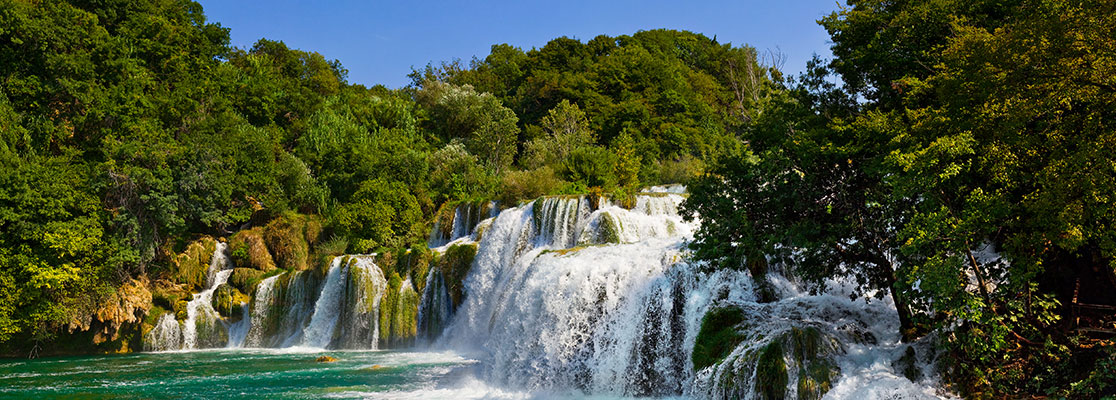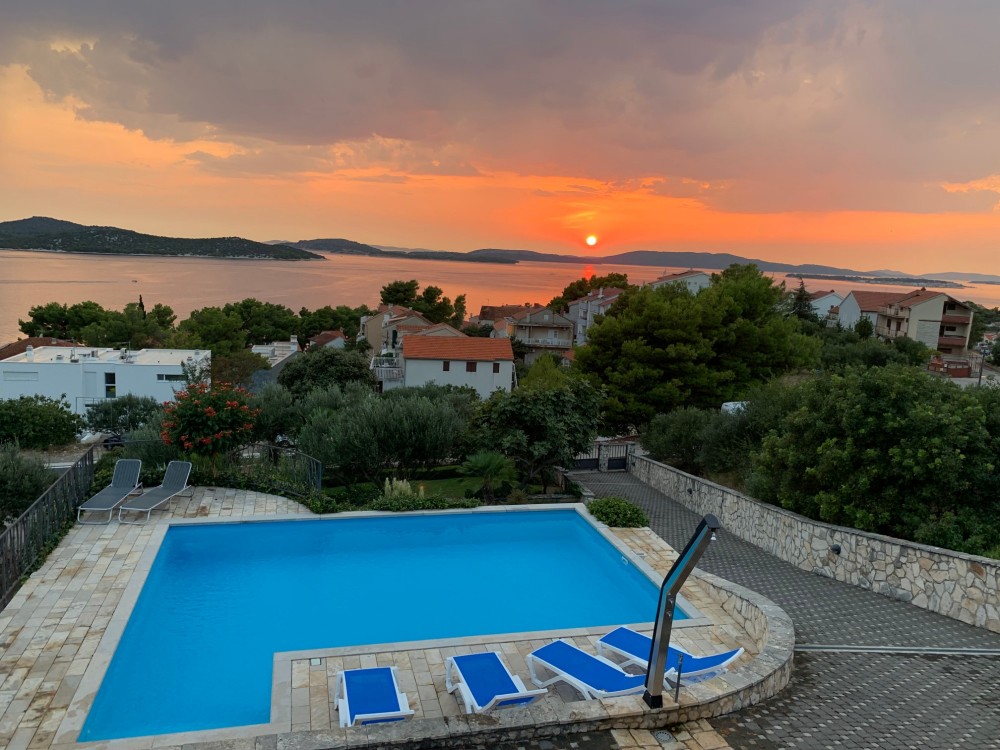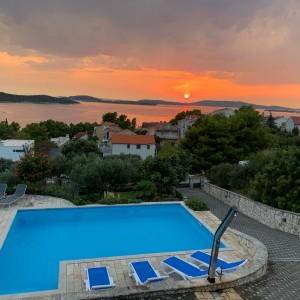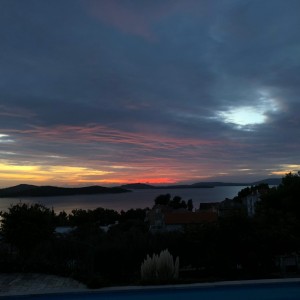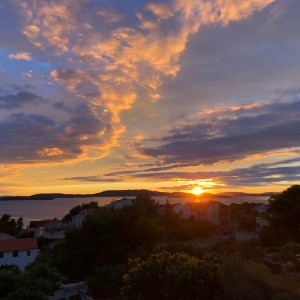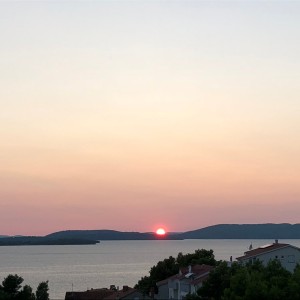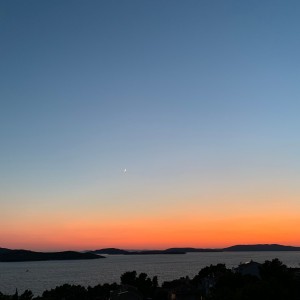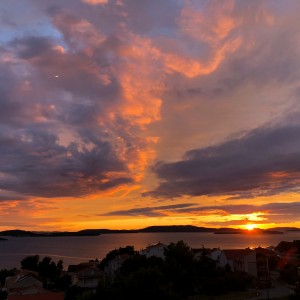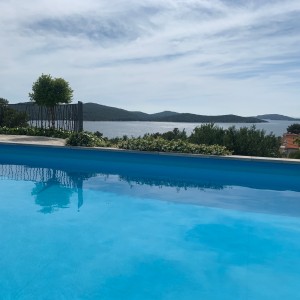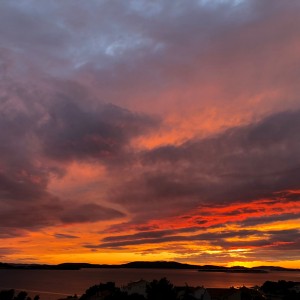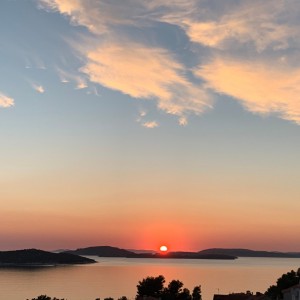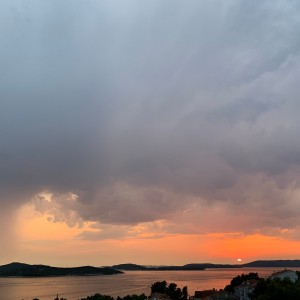Krka National Park is situated along the Krka River in southern Croatia. It's known for a series of 7 waterfalls. In the south, Skradinski Buk waterfall is flanked by traditional watermills.
Krka National Park lies within Šibenik-Knin County, and covers a total area of 109 km² of the loveliest sections of the Krka River, and the lower course of the Čikola River.
The national park is a vast and primarily unaltered area of exceptional natural value, including one or more preserved or insignificantly altered ecosystems. The purpose of the park is primarily to serve science, culture, education and recreation, while tourism activities have also been introduced for its visitors.
Including the submerged part of the river at the mouth, the Krka River is 72.5 km long, making it the 22nd longest river in Croatia. It springs in the foothills of the Dinara mountain range, 2.5 km northeast of Knin. With its seven waterfalls and a total drop in altitude of 242 m, the Krka is a natural and karst phenomenon. The travertine waterfalls of the Krka River are the fundamental phenomenon of this river.
Krka National Park lies about 10km inland from Sibenik in this part of Dalmatia. Named after the Krka River, the Park covers an area of just over 142 square km and includes two thirds of the river itself. The top attraction of the Park are its magnificent waterfalls, including the famous Skradinski Buk falls which are one of Croatia’s most famous sights.
Other highlights include the small island of Visovac and Roski Slap waterfall. A boat trip through the park (included in the entrance ticket) is a great way of seeing much of the Park.
Best of all, it is possible to swim in some locations in Krka National Park! (To be sure to bring your swimming costume or trunks along!)
Features of Krka National Park
There’s a wide variety of both flora and fauna in the Park. Over 800 species of plantlife have been identified as being present in the National Park. Much of the animal life lives, unsurprisingly, in and around the waters of the Krka River which is home to different amphibian and reptile creatures. You will also be able to see many different bird species (there are over 200), and possibly some of the 18 different species of bat who call the Park their home!
What to see and do in Krka National Park
The Skradinski Buk waterfalls are a collection of 17 waterfalls that range in height by over 45 metres.
The tiny island of Visovac in the Krka river was settled by Franciscan monks in 1445, who originally built a monastery in that year (later demolished, then rebuilt in the 18th century) and a church in 1576. The monastery contains a number of well-preserved artefacts and a library.
Roski Slap (slap being Croatian for waterfall) is another famous sight within Krka National Park. A series of 12 waterfalls in a space of 450 metres, the largest is just over 22 metres in height and 60 metres in width.
Undoubtedly the best way of seeing the sights of the Park is with a boat excursion – a number of these leave from Skradin. Not only will you be able to see the beauty of the Park up close (and in a relaxed manner) but these excursions include a chance to stop off and wander on footpaths along the water, as well as presentations and talks and other items of interest.
Best of all (some might say) – unlike the Plitvice Lakes National Park, it is possible to swim in places in the Krka National Park.


